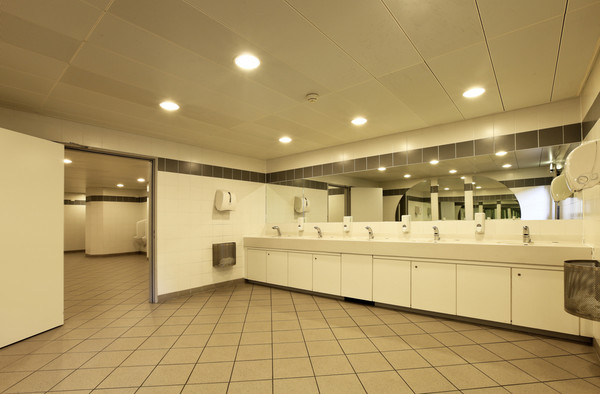
good news! Urine can now be used to turn on bathroom lights, a breakthrough that can make long-term improvements in the quality of health in power-poor developing countries. At the same time, the safety of slum areas can also be guaranteed because it is quite dangerous to use the toilet at night.
Spanish researchers at the University of West England devised a method that turns urine and bacteria on and uses the energy they generate to turn on the lights. Researcher Erin Merino said in a news release: "The technology used in the model is based on microbial fuel cells." Merino and another Spanish researcher, Daniel Sanchez, lead the project and in "Environmental Science: Water Resources Science and Technology (Environmental Science: Water Research and Technology) "magazine described in detail its research results.
In theory, microbial fuel cells and ordinary batteries are the same, both have a positive anode and negatively charged cathode. If the microbial fuel cell is installed in the urinal, bacteria can grow on the anode. They then begin to break down organic matter in the urine, perform metabolic activities and release protons and electrons. Protons move through the semi-permeable membrane from the anode to the cathode, interacting with electrons passing through an external circuit at the cathode and undergo redox reactions, completing the entire complex electrochemical process cycle. Look, urine is so power generation!
The journal article also introduced two recent successful field tests. One of the big tests is the urinal last month at the Glastonbury Music Festival, the largest music festival in the UK: the use of thousands of people guaranteed enough electricity (about 300 milliwatts) to keep the toilet brightly lit. Another urinal field test on the University of West England also produced positive feedback, which produced about 75 milliwatts of electricity.
Researchers are negotiating with a non-profit organization to test again in slum or public toilets without lighting facilities. And a model designed specifically for women is also in full swing development.
Bristol Bioenergy Center (the Bristol BioEnergy Centre) Ioannis Yi Erla Pless director, said: "Our ultimate goal to toilets and other poor areas of the pitch-dark place of light which can be sent to a large extent. Improve the outdoor toilet facilities to protect the safety of women and children. "